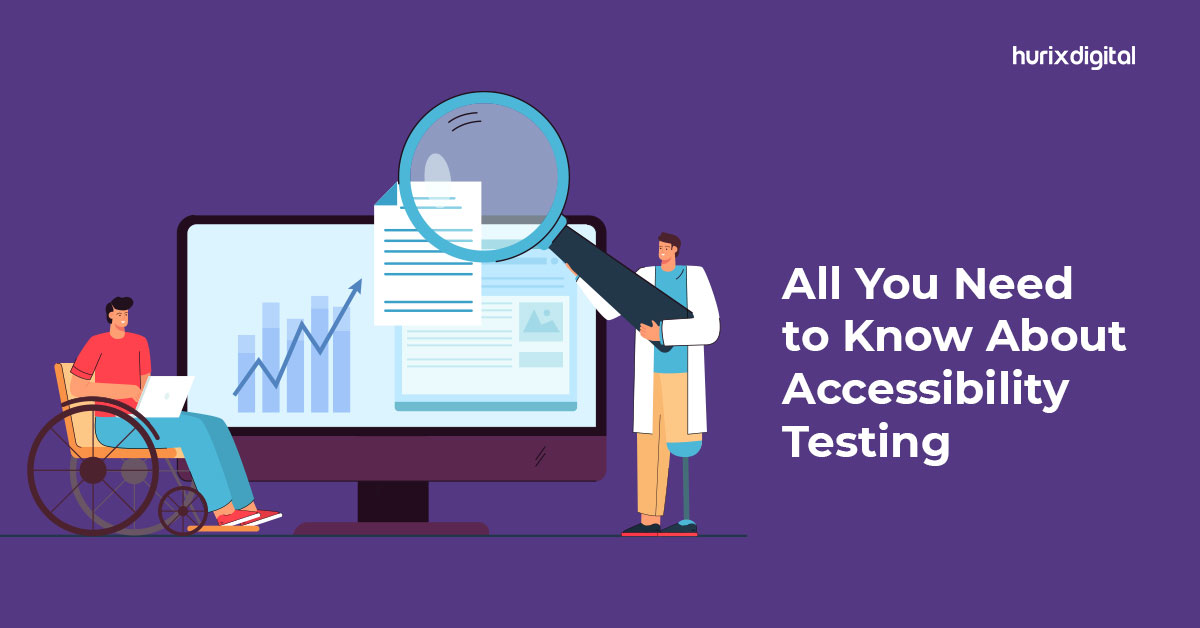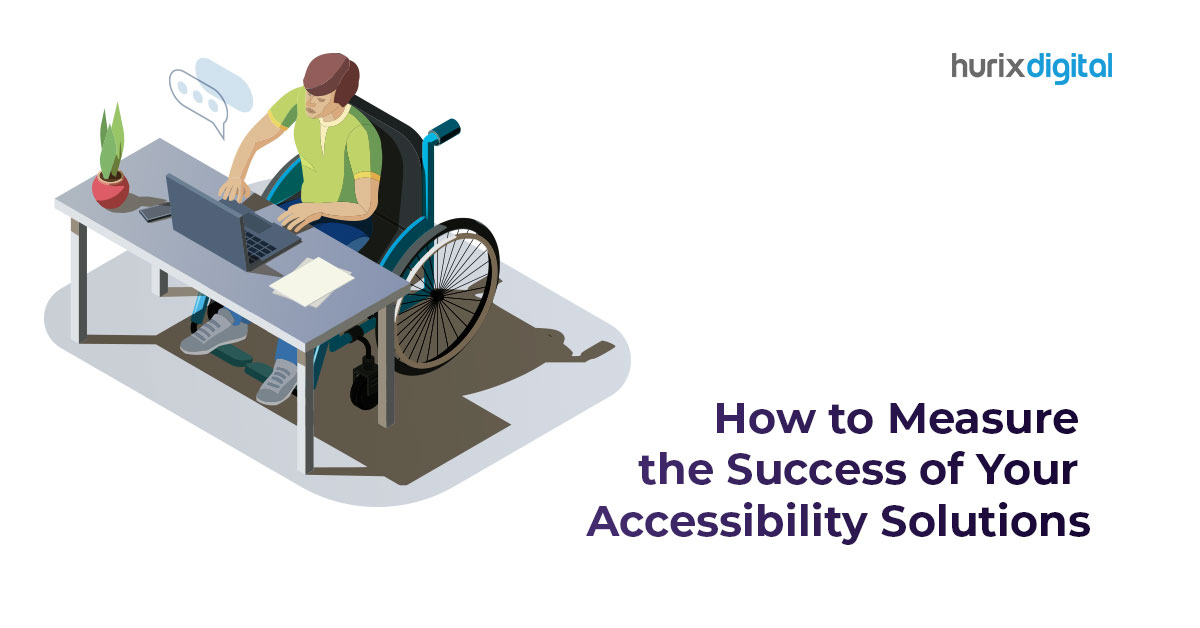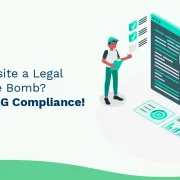
The Importance and Methods of Content Testing
Content testing is the practice of testing whether the content is suited to your audience and whether they can find and understand your content easily.
Content testing is important as it answers critical marketing questions such as-
- Do the keywords reach out to our audience’s needs?
- Does your content vibe with the audience?
- Does the word choice and tone relate to the audience?
- Is the content provided informative enough?
Since the content is made available on the internet, it is important to know how it’s presented, what’s included in the content, how it can be accessed, etc. Here are the different content testing methods:
1. Readability testing
Readability is about how easy it is to read and understand a piece of content. This is determined by the vocabulary used, the structure of the sentence, syntax, and the font used. In general, we want the content to be as easy to read as possible. However, if the product is highly technical or caters to a niche market, the content can afford to be complex. Surveys are helpful in getting feedback on the readability of content. The Flesch Reading Ease test, which calculates readability based on sentence length and word length, and the highlighter test, which tests the tone of your text, are used for readability testing.
2. Navigability testing
Navigability is about how easy it is for users to navigate the content on your website. Good navigability means that visitors are able to find the page they are looking for easily. The hub and spoke model works well in increasing navigability. A single hub page with lots of spoke pages that link back to the hub page is one effective way to increase navigability.
Some ways to determine your site’s navigability include measuring the number of pages that the users visit, mapping out the behavior flow (how your visitors progress from page to page), and measuring the pages from which your visitors exit your website.
3. Accessibility testing
Accessibility measures how easily one can find your content in the first place. It involves technical aspects such as cross-browser and cross-platform capabilities as well as search engine optimization (SEO).
SEO can be influenced by writing articles with keywords that the audience is looking for. Accessibility can be measured by the number of pages indexed by Google and the number of backlinks from other websites to your site. The search ranking of your web pages as well as the domain authority of your website can also help measure accessibility.
4. Speed testing
Speed refers to the speed with which your website loads. It should be within seconds in order to make the first impression to the visitor or prospective customer.
Speed can be enhanced by improving the time within which the server responds, by compressing image files, HTML and JavaScript files, and by reducing redirects.
5. A/B testing
This is yet another straightforward, quantitative metric for content testing where you offer two different versions of the same text and track users’ engagement on each one to determine which one is more appealing to the user. However, A/B testing only shows you which one is more appealing and not why it’s appealing. To understand the why part of it, A/B testing should be accompanied by user experience testing.
6. User experience testing
Assessing user experience – that is, whether the user’s attitude towards your product or service is positive or negative is critical. But, testing user experience is intertwined with a variety of other types of content tests. If the user has a negative attitude towards your website, then the reason could be that the content is too complex, the website is hard to navigate, the design is poor, or the webpage takes too long to load.
In this context, behavioral metrics to be collected include time-on-page, number of page views, bounce rate, and conversions. On the other hand, metrics indicating attitude are typically obtained by gathering direct feedback from website visitors through interviews. Tracking users’ reviews of your product or service or measuring the number of visitors returning to your website can also help. Other common user experience research methods include surveys, interviews, user observation, card sorting, and usability tests.
A task-based usability test is one where you ask the users to perform open tasks that are representative of how they use your website. The five-second test is used to assess first impressions. Content is a crucial part of understanding and learning about the services and products of an organization; therefore, it is critical to test it thoroughly. When content testing is done properly, it helps one gain a perspective on content quality, format, and presentation. Thus, testing content is crucial for any business. In doing so, we can gauge the company as well as its prospective customers and their needs.








